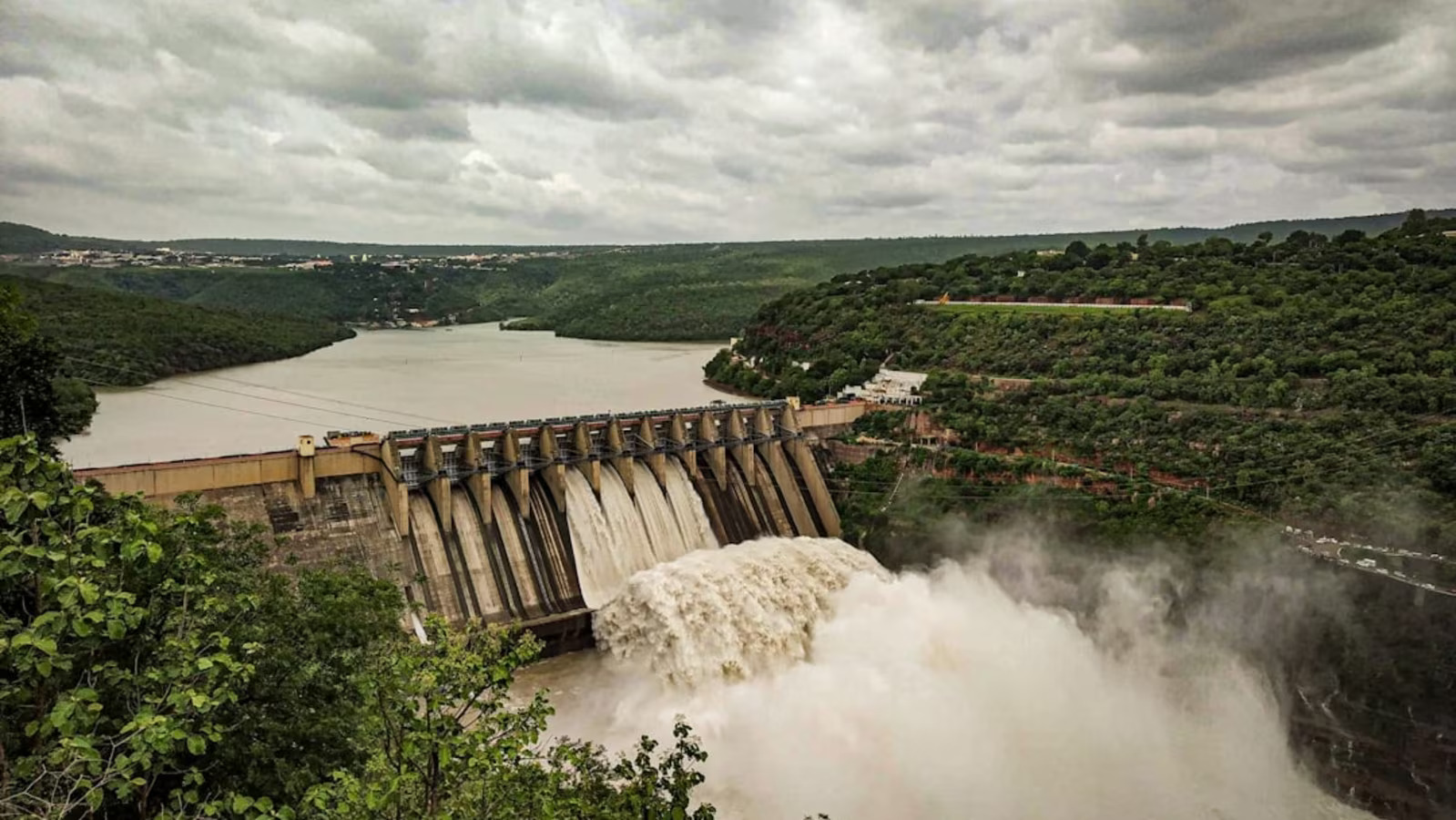China has officially started construction of what is expected to become the world’s largest hydropower dam on the Brahmaputra River. Known in Tibet as the Yarlung Zangbo, the river flows close to the Indian border with Arunachal Pradesh. The groundbreaking ceremony took place at the Mainling hydropower station site in Nyingchi City, Tibet Autonomous Region.
Chinese Premier Li Qiang announced the launch of the project, which is valued at approximately USD 167.8 billion (around 1.2 trillion Yuan). The massive infrastructure will include five cascade hydropower stations and is expected to generate over 300 billion kilowatt-hours of electricity each year. That is enough to meet the annual power needs of more than 300 million people, according to official Chinese media.
This large-scale construction has raised serious concerns in lower riparian countries, particularly India and Bangladesh. The dam is located at a highly strategic point near the “Great Bend” of the Brahmaputra, where the river curves sharply before entering India. Experts warn that the ability to control water flow could give Beijing a strategic advantage, particularly in times of political or military tension.
India has long expressed apprehension over China’s upstream hydropower projects, especially given the Brahmaputra’s significance to its northeastern region. China previously completed the Zam Hydropower Station in 2015, the largest in Tibet at the time, which had already raised alarms over transparency and ecological impact.
The new dam’s construction near an active tectonic boundary in the Himalayas has further heightened safety concerns. Earthquakes are frequent in the Tibetan plateau, and Indian observers question the feasibility and risks associated with such a massive engineering undertaking in a seismically active zone. Chinese authorities have insisted that extensive geological research and advanced construction techniques have addressed these concerns, and that ecological protection has been prioritized.
India and China have a data-sharing agreement under the Expert Level Mechanism established in 2006. Under this mechanism, China provides India with hydrological data on the Brahmaputra and Sutlej rivers during the flood season. This arrangement was reaffirmed during the December 2024 talks between Indian National Security Advisor Ajit Doval and Chinese Foreign Minister Wang Yi.
India has also begun constructing its own hydropower projects in Arunachal Pradesh to assert rights over river usage and reduce downstream dependency. Bangladesh, too, is monitoring the developments closely, as the Brahmaputra is a critical water source for millions in the country.
As construction moves forward, the Brahmaputra dam is likely to remain a major regional issue with strategic, environmental and diplomatic implications for all nations sharing the river.













